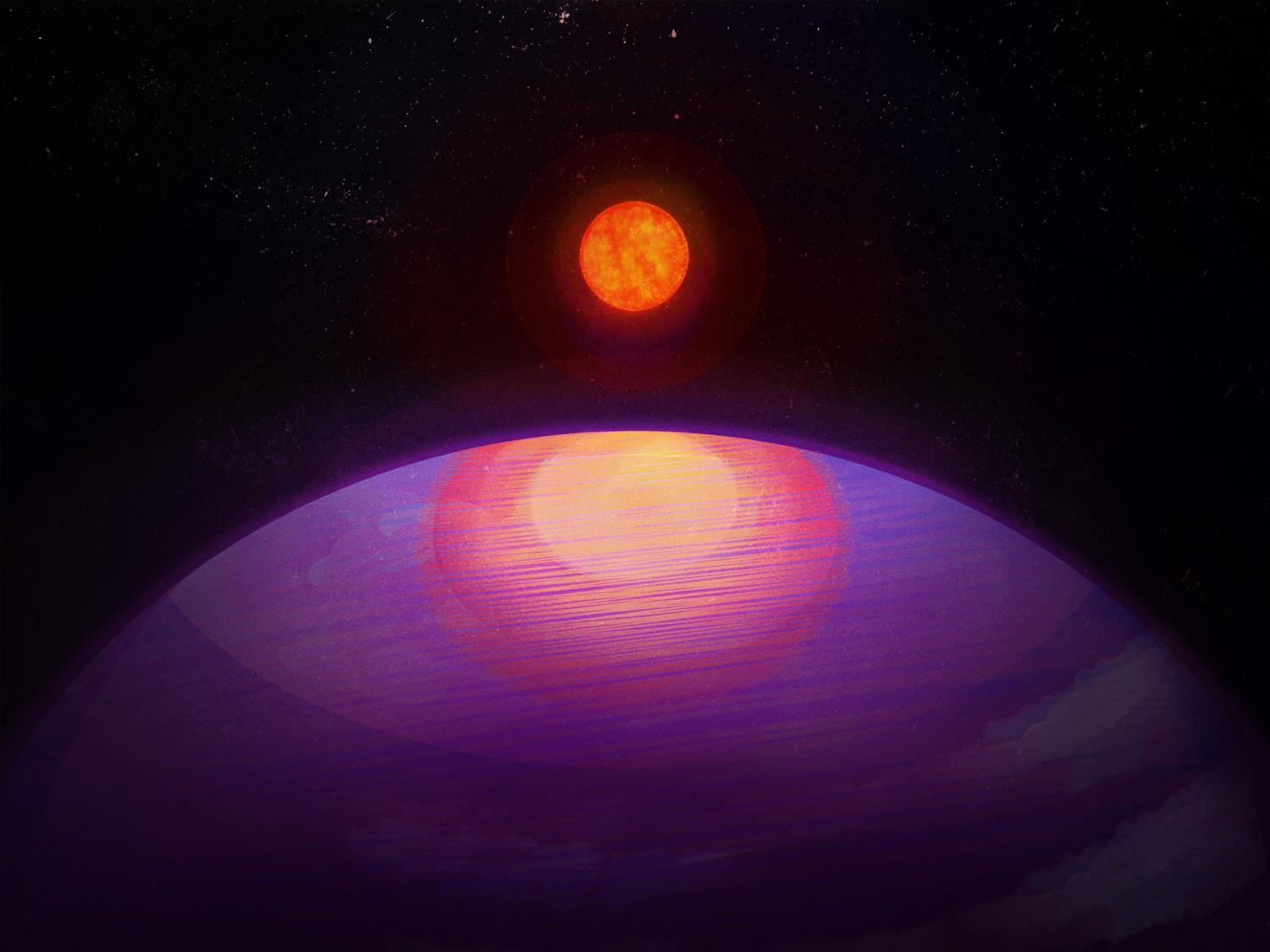2023-11-30 ペンシルベニア州立大学(PennState)
◆JWSTを使用して行われた観測では、地球の太陽に似た星の周りでの惑星形成ディスクにおいて、水と有機分子が検出されました。これらの発見は、厳しい環境でも地球型の惑星が形成される可能性があり、銀河内での生命の成分の存在が期待されることを示唆しています。
<関連情報>
- https://www.psu.edu/news/eberly-college-science/story/earth-planets-could-form-even-harshest-environments-study-reports/
- https://iopscience.iop.org/article/10.3847/2041-8213/ad03f8
XUE:超照射された原始惑星系円盤の内部領域における分子目録 XUE: Molecular Inventory in the Inner Region of an Extremely Irradiated Protoplanetary Disk
María Claudia Ramírez-Tannus, Arjan Bik, Lars Cuijpers, Rens Waters, Christiane Göppl, Thomas Henning, Inga Kamp, Thomas Preibisch, Konstantin V. Getman, Germán Chaparro, Pablo Cuartas-Restrepo, Alex de Koter, Eric D. Feigelson, Sierra L. Grant, Thomas J. Haworth, Sebastián Hernández, Michael A. Kuhn, Giulia Perotti, Matthew S. Povich, Megan Reiter, Veronica Roccatagliata, Elena Sabbi, Benoît Tabone, Andrew J. Winter, Anna F. McLeod, Roy van Boekel, and Sierk E. van Terwisga
The Astrophysical Journal Letters Published 2023 November 30
DOI: 10.3847/2041-8213/ad03f8

Abstract
We present the first results of the eXtreme UV Environments (XUE) James Webb Space Telescope (JWST) program, which focuses on the characterization of planet-forming disks in massive star-forming regions. These regions are likely representative of the environment in which most planetary systems formed. Understanding the impact of environment on planet formation is critical in order to gain insights into the diversity of the observed exoplanet populations. XUE targets 15 disks in three areas of NGC 6357, which hosts numerous massive OB stars, including some of the most massive stars in our Galaxy. Thanks to JWST, we can, for the first time, study the effect of external irradiation on the inner (<10 au), terrestrial-planet-forming regions of protoplanetary disks. In this study, we report on the detection of abundant water, CO, 12CO2, HCN, and C2H2 in the inner few au of XUE 1, a highly irradiated disk in NGC 6357. In addition, small, partially crystalline silicate dust is present at the disk surface. The derived column densities, the oxygen-dominated gas-phase chemistry, and the presence of silicate dust are surprisingly similar to those found in inner disks located in nearby, relatively isolated low-mass star-forming regions. Our findings imply that the inner regions of highly irradiated disks can retain similar physical and chemical conditions to disks in low-mass star-forming regions, thus broadening the range of environments with similar conditions for inner disk rocky planet formation to the most extreme star-forming regions in our Galaxy.



